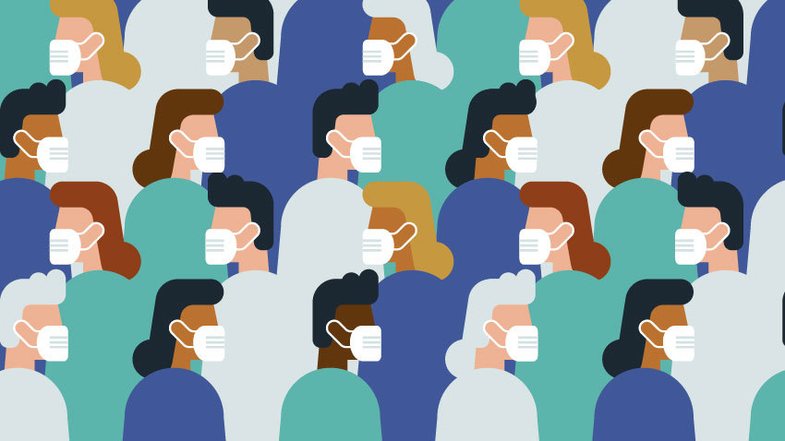
One in three people infected with coronavirus will experience at least one symptom of prolonged Covid , a new study suggests.
Much of the existing research on prolonged Covidine - symptoms reported by humans months after infection - is based on either self-reported symptoms or small studies.
Recently, researchers at Oxford University, the Institute for Health Research (NIHR) and the Oxford Center for Biomedical Health Research (BRC) shed light on the problem after studying more than 270,000 people cured of the coronavirus in the US.
They found that 37% of patients had at least one symptom of prolonged Covid, diagnosed three to six months after infection. The most common symptoms were breathing problems, abdominal pain, fatigue, aches, anxiety, or depression.
"The results confirm that a significant proportion of people, of all ages, can be affected by a range of symptoms and difficulties in the six months after Covid-19 infection. Over a third of patients were diagnosed with at least one of the symptoms of Covidium lasted between three and six months after their illness, "said (via Guardian) Dr. Max Taquet.
Symptoms were more common in those hospitalized and slightly more common in women. Various factors also influence. For example, older people and men had more difficulty breathing and cognitive problems, while younger men and women had more headaches, symptoms in the abdominal area, anxiety or depression.
Many patients had more than one symptom of prolonged Covid, the researchers said. Figures, based on self-reported symptoms, also suggest that 384,000 people still have symptoms one year after infection.
- Yes, you can have Covid-19 and the flu at the same time: What happens to the body in these cases!
- Covid caused the largest drop in life expectancy since World War II
- What percentage of Albanian citizens have been vaccinated with both doses
- What you should and should not do directly after getting the vaccine!
- 'Prolonged covid': The most common symptoms and who are the most at risk
- Autumn Allergy or Covid-19: How to tell which one you have!







